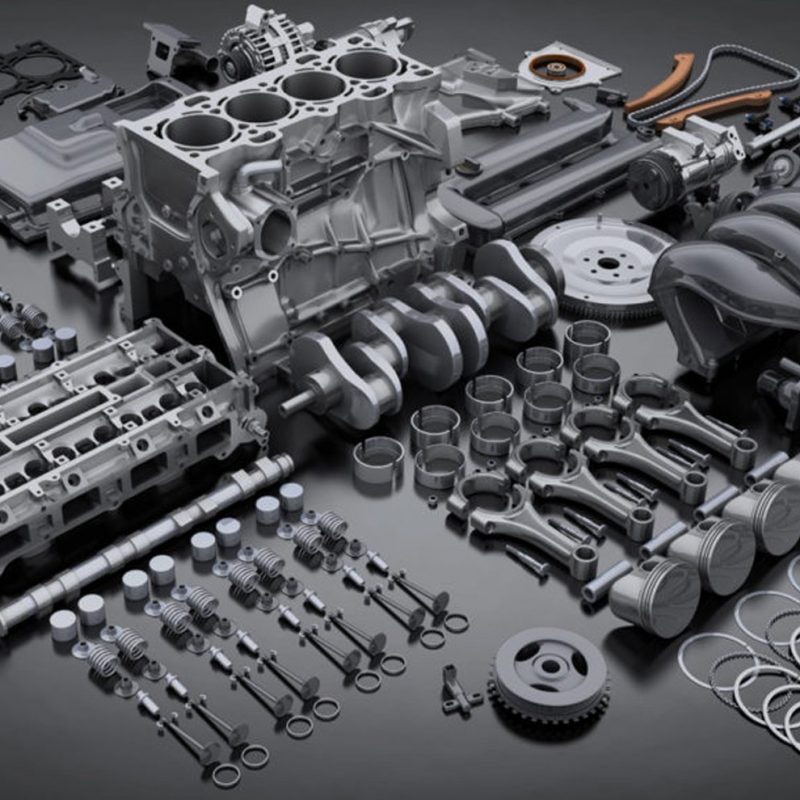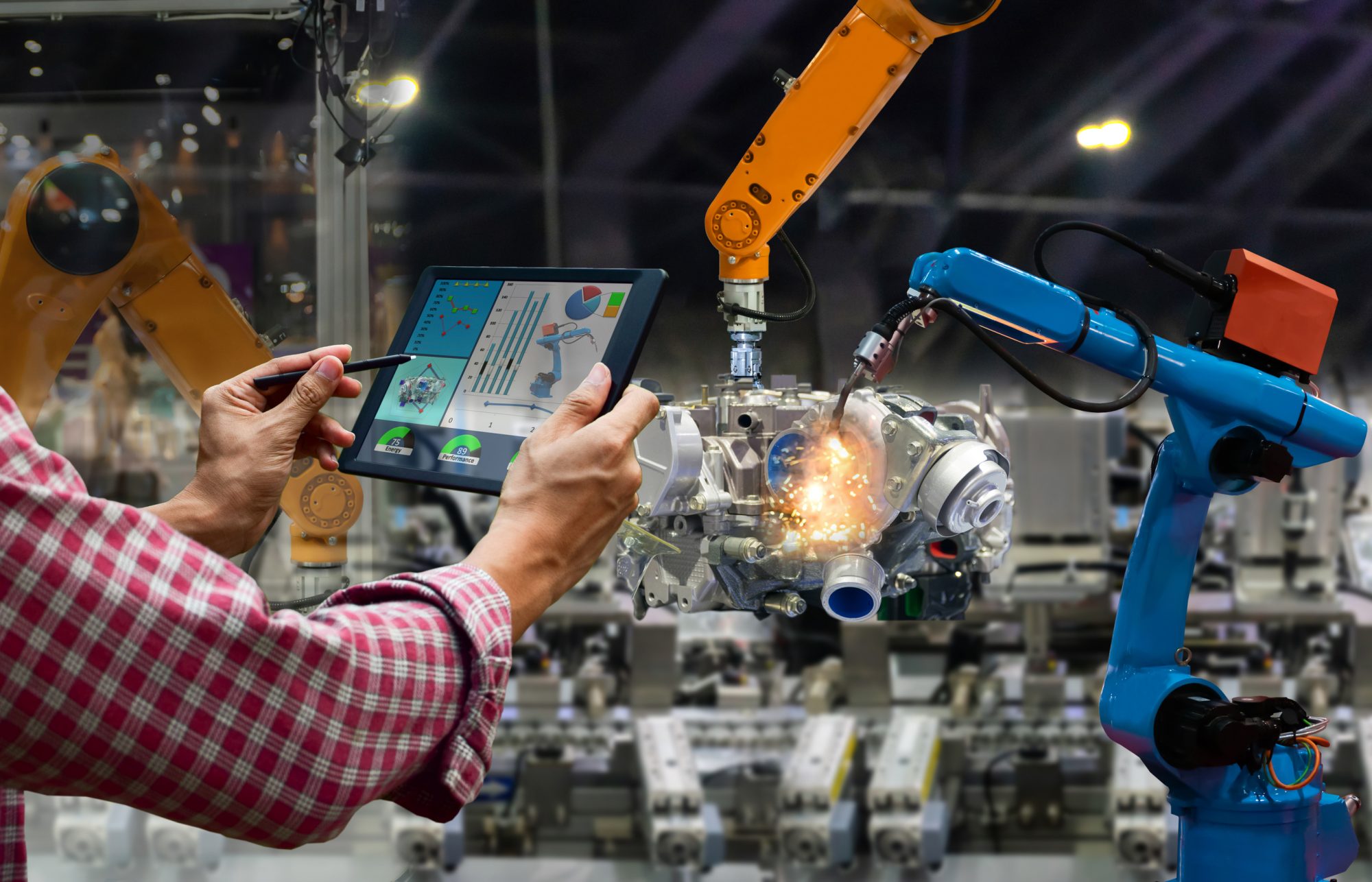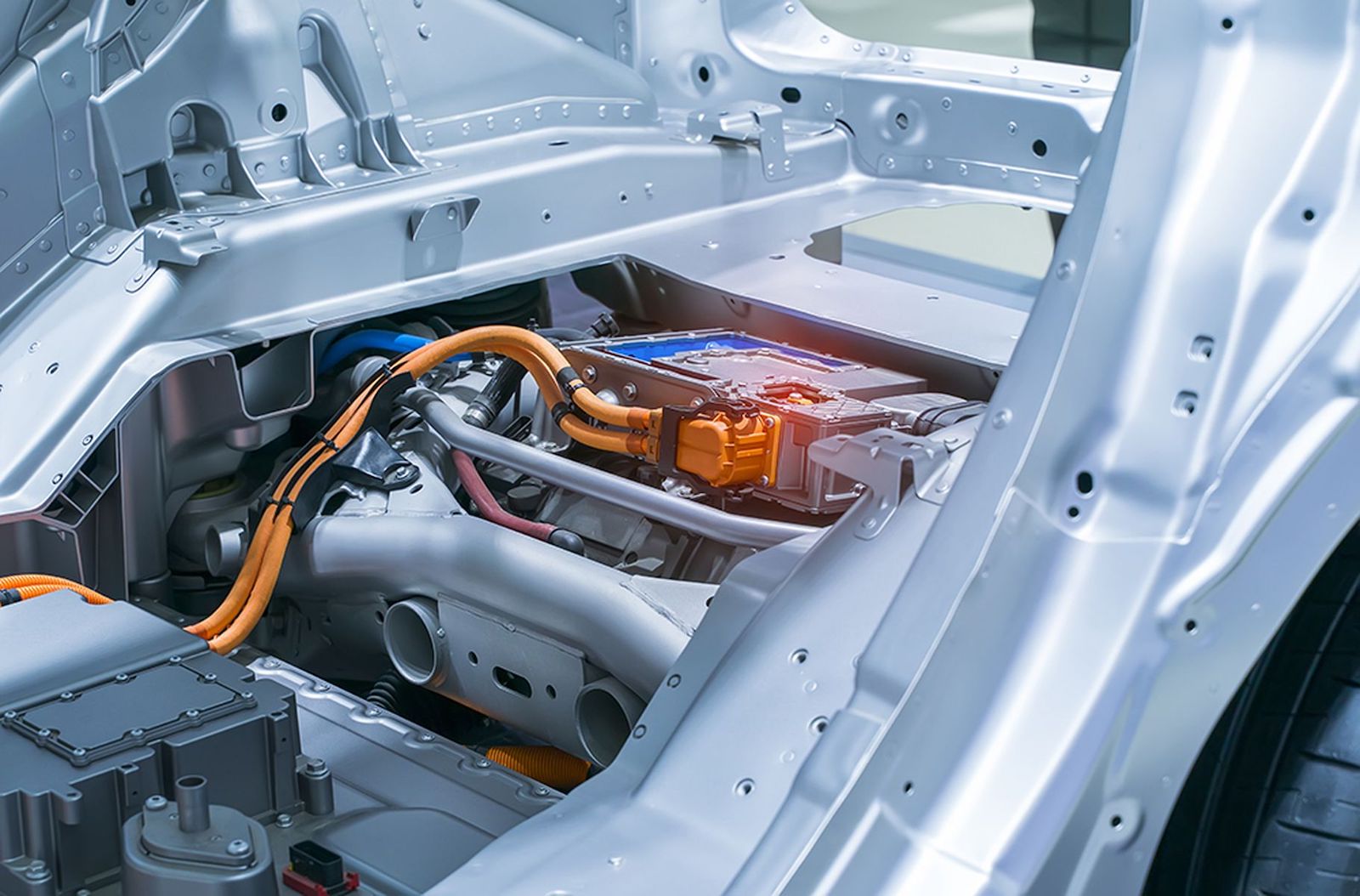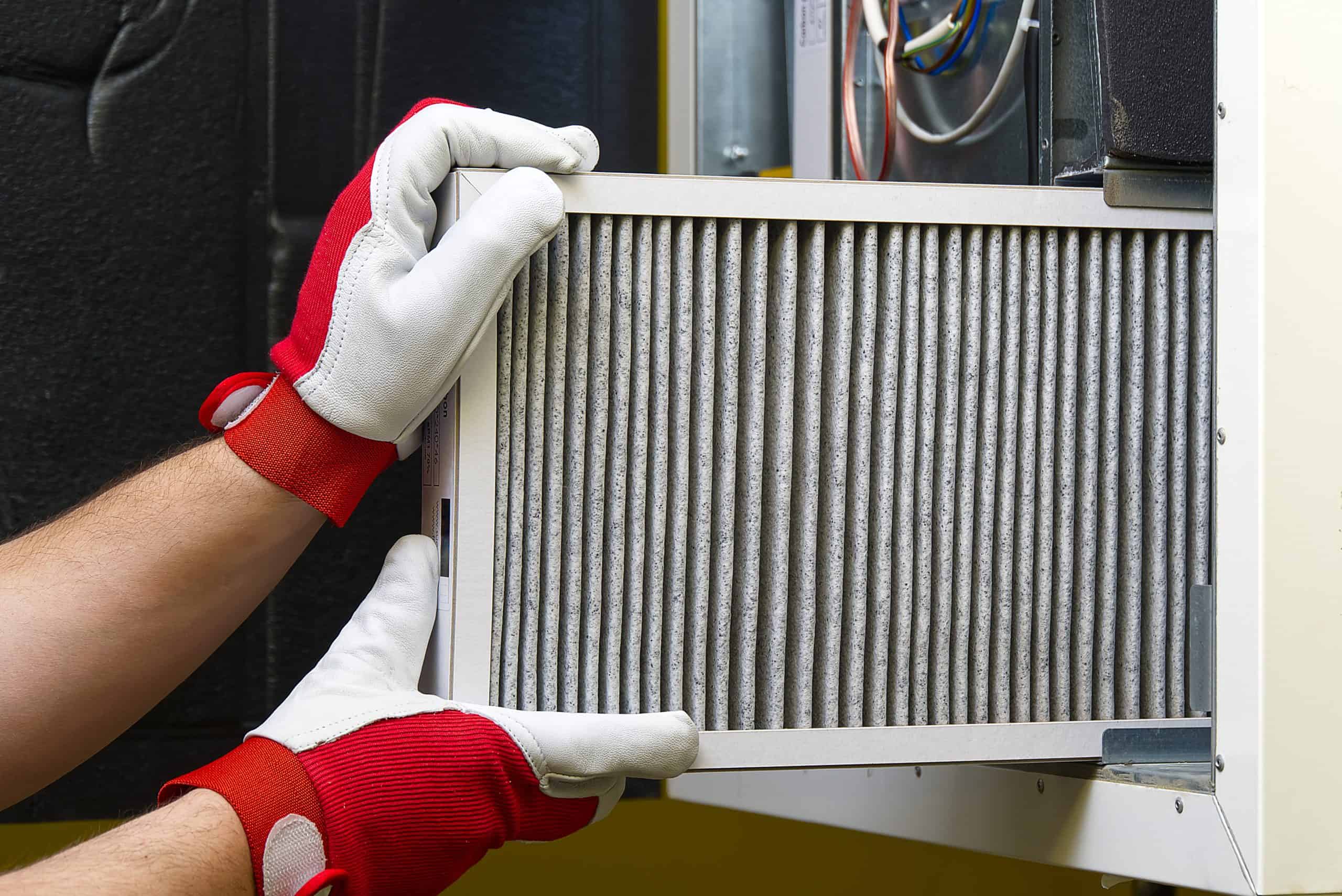The Economic Impact of the Automobile Industry
The Economic Impact of the Automobile Industry
I. Introduction
A. Background on the Automobile Industry
The automobile industry is one of the most important and influential industries in the world. It has a long history dating back to the late 19th century and has undergone significant changes over the years. The invention of the internal combustion engine by Karl Benz in 1885 marked the beginning of the modern automobile industry. Since then, the industry has grown rapidly, with the introduction of new technologies and designs that have made cars more affordable and accessible to a larger portion of the population. Today, the automobile industry is a major contributor to the global economy, with millions of jobs and billions of dollars in economic output.
B. Purpose of the Analysis The purpose of this analysis is to examine the economic impact of the automobile industry. This includes the industry’s contribution to job creation and employment opportunities, its impact on GDP and economic growth, and its impact on other industries such as oil, steel, and rubber. We will also look at the industry’s foreign trade and international competitiveness, as well as the challenges and opportunities that it faces in the future. By understanding the economic impact of the automobile industry, policymakers and industry leaders can make informed decisions that will benefit the industry and the economy as a whole.
II. Economic Impact of the Automobile Industry
A. Job Creation and Employment Opportunities
The automobile industry is a major source of employment and job creation. According to data from the Bureau of Labor Statistics, the industry employed over 900,000 people in the United States in 2020. These jobs range from assembly line workers and engineers to salespeople and executives. The industry also creates jobs indirectly through its impact on other industries such as steel, rubber, and electronics. In addition, the automobile industry is a major source of income and economic activity in many communities.
B. Impact on GDP and Economic Growth The automobile industry is a major contributor to GDP and economic growth. According to data from the Bureau of Economic Analysis, the industry’s direct contribution to GDP was over $500 billion in the United States in 2020. The industry also has a multiplier effect on the economy, as the money spent by industry workers and suppliers flows through the economy, creating additional economic activity. Furthermore, the automobile industry is a major driver of innovation and technological advancement, which can lead to increased productivity and economic growth.
C. Impact on Other Industries (e.g. oil, steel, rubber) The automobile industry has a significant impact on other industries, particularly those that supply the industry with raw materials and components. For example, the industry consumes large amounts of steel, rubber, and other materials, which helps to support jobs and economic activity in those industries. In addition, the industry is a major consumer of oil, which can have a significant impact on the oil industry and global oil prices.
D. Foreign Trade and International Competitiveness The automobile industry is a major player in global trade, with many companies operating in multiple countries and exporting their products around the world. According to data from the U.S. Census Bureau, the automobile industry had a trade surplus of over $100 billion in 2020. This industry is also a major source of international competitiveness for many countries, as the industry’s success can be a significant contributor to a country’s overall economic performance.
In conclusion, the automobile industry is a major contributor to the global economy, providing jobs, economic growth, and income to many people around the world. However, this industry also faces challenges, such as environmental concerns and changing consumer preferences, which may impact its future performance.
III. Challenges and Opportunities for the Automobile Industry
A. Technological Advancements and their Impact on the Industry
The automobile industry is constantly evolving, with new technologies and advancements being developed all the time. For example, the industry is currently experiencing a shift towards electric and autonomous vehicles. While these advancements can bring many benefits, such as improved fuel efficiency and increased safety, they also pose challenges for the industry. For example, the development and production of electric vehicles requires significant investment and expertise, which can be difficult for some companies to manage. Additionally, the shift towards electric vehicles can also impact other industries, such as the oil industry.
B. Environmental Concerns and Regulations The automobile industry has a significant impact on the environment, particularly in terms of emissions. Governments around the world are implementing stricter emissions regulations in order to reduce air pollution and mitigate the effects of climate change. These regulations can be costly for the industry to comply with, and may also impact consumer demand for certain types of vehicles. In addition, the industry is also facing increasing pressure to develop more sustainable and environmentally friendly vehicles.
C. Economic Fluctuations and their Impact on Demand The automobile industry is highly dependent on consumer demand, and economic fluctuations can have a significant impact on the industry. For example, during economic downturns, consumers may be less likely to purchase new vehicles, which can lead to decreased sales and production for the industry. Additionally, changes in consumer preferences, such as a shift towards electric vehicles, can also impact demand for certain types of vehicles.
D. Competition from Other Industries and Alternative Forms of Transportation The automobile industry is facing increasing competition from other industries and alternative forms of transportation. For example, ride-sharing services such as Uber and Lyft are becoming increasingly popular, which can impact consumer demand for traditional vehicles. The industry is also facing competition from other industries such as the aerospace industry, which is developing new technologies such as electric vertical takeoff and landing aircrafts (eVTOLs) which may be a form of transportation for short distances in the future. The industry needs to be aware of these challenges and opportunities, and adapt to them in order to remain competitive in the future.
In conclusion, the automobile industry is facing a number of challenges and opportunities in the future, including technological advancements, environmental concerns, economic fluctuations, and competition from other industries and alternative forms of transportation. These challenges can provide opportunities for innovation and growth, but they also require the industry to adapt and evolve in order to remain competitive.
IV. Conclusion
A. Summary of the Economic Impact of the Automobile Industry
In this analysis, we have examined the economic impact of the automobile industry. The industry is a major source of employment and job creation, a significant contributor to GDP and economic growth, and has a significant impact on other industries such as oil, steel, and rubber. The industry is also a major player in global trade and international competitiveness. However, the industry also faces challenges, such as environmental concerns and changing consumer preferences.
B. Implications for Policymakers and Industry Leaders The economic impact of the automobile industry highlights the importance of the industry for the global economy. Policymakers and industry leaders need to take into account the industry’s contributions to job creation, economic growth, and innovation when developing policies and strategies. Additionally, they need to be aware of the challenges that the industry faces, such as environmental concerns and economic fluctuations, and develop policies and strategies that will help the industry to adapt and evolve in response to these challenges.
C. Future Outlook for the Industry The automobile industry is facing a number of challenges and opportunities in the future, including technological advancements, environmental concerns, economic fluctuations, and competition from other industries and alternative forms of transportation. While these challenges may have a negative impact on the industry, they can also provide opportunities for innovation and growth. The industry needs to adapt and evolve to meet these challenges, in order to remain competitive in the future.








